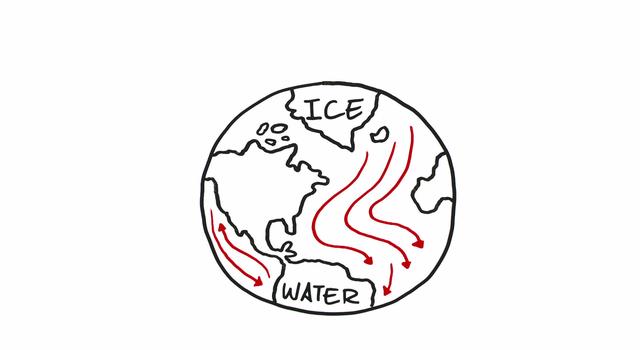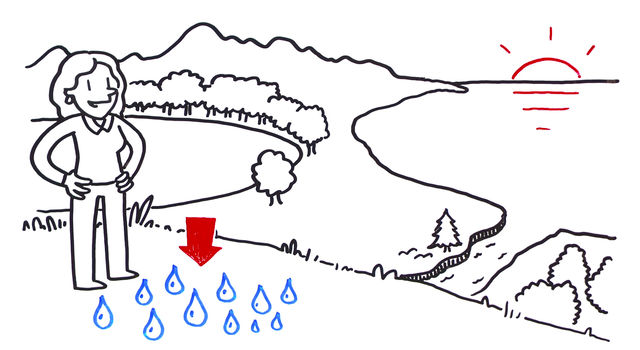video
NASA's Earth Minute: Blowin' in the Wind
Video Transcript
What do weather forecasts, seafood, cargo ships and offshore oil rigs all have in common?
Wind! That’s right. Wind!
NASA studies ocean winds from space.
How? By measuring what the wind does to water by sending a radio signal toward the ocean.
The stronger the wind, the choppier the sea, the stronger the echo that bounces back to space.
Mapping ocean winds over many years helps NASA develop better weather and climate models and figure out phenomena like El Niño.
Ocean-wind data helps us forecast the weather and track tropical storms and hurricanes.
We can help ships avoid heavy seas and high headwinds
And we can get better at cleaning up oil spills when they occur.
It even helps us harvest seafood.
So, if you’re wondering what the weather has in store or maybe where your next shrimp dinner is coming from,the answers, my friend, are blowin’ in the wind.







